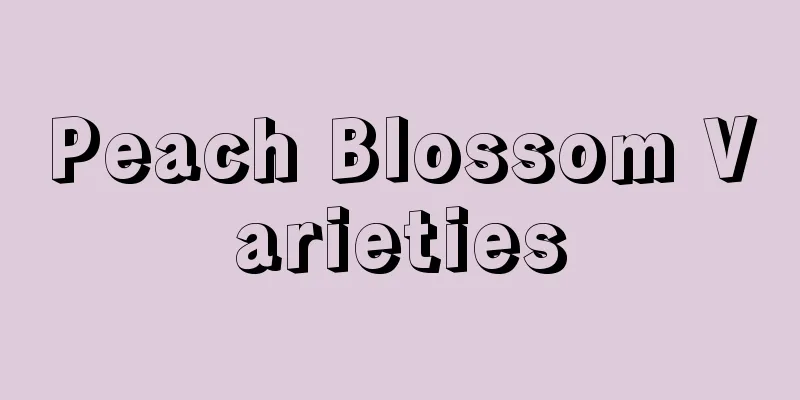How to cultivate Koelreuteria paniculata

1. Maintenance methods1. Temperature: It can withstand both low and high temperatures, and the lowest temperature it can withstand can reach minus 25 degrees Celsius. Therefore, it is often used as a greening plant in the north. 2. Watering: The water content of general plants is 60%. Plants cannot survive without water, and Koelreuteria paniculata is no exception. Under normal circumstances, it needs to be watered once or twice a week. When the temperature is relatively low, the interval between watering can be appropriately extended. 3. Fertilization: After the seedlings emerge from the soil and grow roots, you can apply nitrogen fertilizer to them, which can promote the growth of seedlings. In autumn, phosphorus and potassium fertilizers should be used to promote the lignification of the plants and help the plants increase their ability to resist cold. 4. Light: The light exposure time must be guaranteed to be more than five hours a day. Appropriate shade is needed in summer, and full-day sunshine is needed in autumn and winter to meet the light exposure time and light intensity. 2. Breeding techniques1. Reproduction: It can be propagated by autumn sowing. First, you need to choose a place with relatively high terrain, sheltered from the wind and facing the sun, and then level the land, preferably making it fine and level. Mix it with base fertilizer and sow the seeds in rows. After sowing, cover it with a layer of soil, water it thoroughly, and wait for it to germinate. 2. Pruning: In winter and spring, choose healthier branches and cut them short. In summer, trim off excess branches and remove new branches to concentrate nutrients. 3. Problem Diagnosis1. Pests: Koelreuteria paniculata is easily infected by aphids. In severe cases, the branches and leaves of the entire tree will be covered with aphids. The insects will eat the branches and leaves of the plant, causing irreversible effects on the growth of the plant. If this happens, you need to spray the plants with aphid killer. In addition to the first time, we must also protect beneficial insects such as ladybugs, which can also eliminate pests. 2. Pathology: The plant is susceptible to gummosis. Once infected, the infected area will swell and the epidermis will become moist. In the later stage, it will crack and leave gum. When symptoms appear, spray with a solution of carbendazim. IV. Other issues1. Toxicity: It is non-toxic. Generally, landscape plants are non-toxic. It is a good choice whether it is used as a greening plant or a home potted plant. 2. Is it suitable for indoor cultivation: If it is a potted Koelreuteria paniculata, it can be cultivated indoors, but it cannot be an outdoor landscape tree because its size is too large and does not meet the requirements for indoor cultivation. |
>>: How to grow dogtooth flower
Recommend
What are the benefits of drying wheat seeds before sowing (wheat seeds should be dried before storage and sowing)
The specific effects of drying wheat seeds before...
How to grow Clivia more vigorously in summer?
Clivia is known for its elegant posture and digni...
How to grow Golden Edge Tiger Pilanthus well and how to grow it indoors
If you want the Golden Edge Tiger Pili Orchid to ...
The latest specialty vegetable varieties, large new varieties of vegetable varieties and pictures
Although my country is a major agricultural count...
The Flower Language and Legend of Daphne
The Flower Language of Daphne The flower language...
How to grow multi-flowered henna
illumination The multi-flowered henna has its own...
Cultivation methods and precautions of Amaryllis
1. Breeding methods 1. Soil: When growing Amaryll...
What are the varieties of pitcher plants?
Cobra Pitcher Plant The Cobra Pitcher Plant is na...
Key points for apple tree planting and management in February
In the cold weather of February, apple trees are ...
Cabbage planting techniques and time
As a vegetable that is sensitive to seasonal chan...
How to make avocados bloom? How to make avocado trees bloom quickly?
1. Increase lighting Avocado itself is a light-lo...
Can Clivia bloom in two years? When does Clivia bloom?
Can it bloom in one or two years? The growth rate...
When is the best time to prune seven-leaf lily?
The effect of pruning seven-leaf lotus The orname...
How to raise a bluebird
1. Breeding environment 1. Soil: Powder Bluebird ...
What to do if the leaves of blue chrysanthemum turn yellow
1. Moisture problem (1) Specific reasons: As we h...









